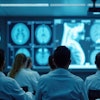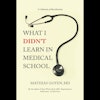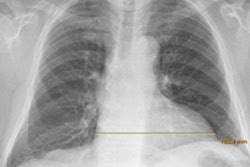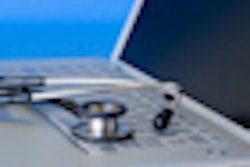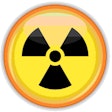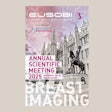
A Web-based radiology course using electronic-learning technology has been organized at 20 medical schools in Italy. It's proving affordable and popular, and no implementation difficulties have occurred, according to an article published online 20 August in the European Journal of Radiology.
The program for the academic year starting in November 2010 and ending in October 2011 was built upon a pilot program that demonstrated the viability of radiology-e-learning. Dr. A Carriero, professor of radiology at the Instituto di Radiologia of the Università delgi Studi A. Avogadro in Novara, and colleagues, described what they did with the hope that their experiences will motivate other country's medical schools to use this economic teaching methodology.
Unlike conventional videoconferencing, which is expensive, the cost of video streaming transmitted by a single source to multiple points of reception using the Internet is very inexpensive. The cost of the course "Urgent/Emergency Pathology," a program of 20 lessons, totaled 7,000 euros. It was offered by half of the postgraduate schools of radiodiagnostics in Italy, equating to a cost of 18 euros per lesson per school. The one-time cost for equipment and software that a school may have needed to purchase was estimated at 700 to 800 euros.
A single systems administrator was responsible for the technical aspects of the project. The software utilized was Microsoft Live Meeting, which provided the uniform delivery of the graphics and streaming video, and also allowed for audio exchange. All of the schools had high-speed Internet connections, a microphone and loudspeakers, and a video projector or large display monitor.
For each lecture, the system administrator would create a password protected "conference room." The speaker for the lecture would have a separate password, which authorized some special privileges, and enabled the speaker to submit the visual information for the lecture in advance. This was needed so that information could be encoded to facilitate transmission of a large amount of data.
Teaching responsibilities were shared by the faculty of all participating medical schools, thus providing a diversity of lecturers and presentation styles. A lecture of 45 minutes was planned, followed by a 10 to 15 minute period for questions and discussion. As a result of feedback from the students and faculty, a decision was made that each lecture would have an assigned "discussant" whose responsibility was to stimulate discussion among the students.
Each lecture had an average of 513 students. All were asked to evaluate the course at its conclusion. Seventy percent judged the didactic content excellent, 25% rated it as good, and 5% as satisfactory. Audio quality also received a high rating, with 71% saying it was excellent and 22% good. Video interruptions did occur, 29 times in fact, but none lasted more than three minutes, and both students and faculty seemed tolerant of these interruptions.
An indirect outcome of the e-learning course was communication among students at different schools. "Cultural closeness" was developed, and interest in multicenter research was expressed. At a time when educational budgets are constrained due to the weak global economy, e-learning offers an opportunity to share scarce resources throughout a nation, a region, and potentially the world.

